Apple’s 12 Biggest Product Flops of All Time
How do you define a business flop?
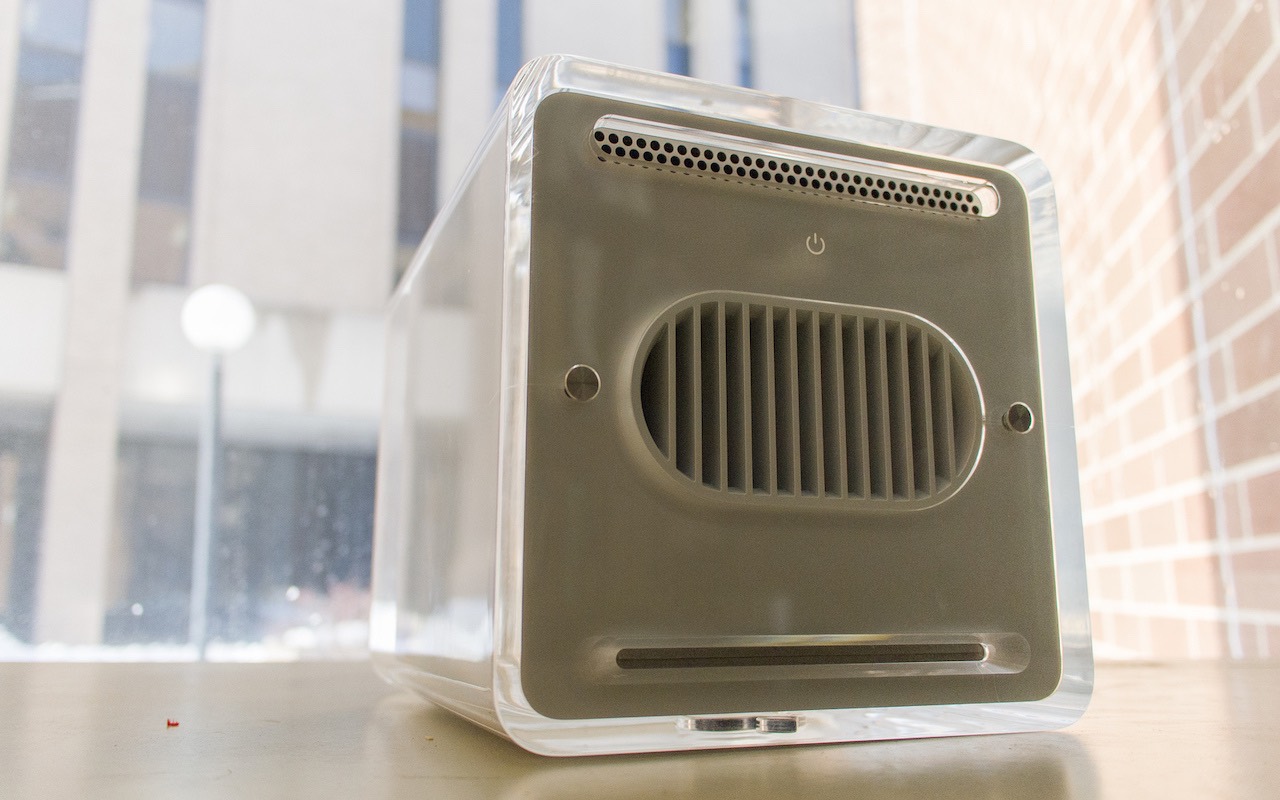
How do you define a business flop? We all have a broad idea of how to gauge failures and successes, but when it comes to a company such as Apple (AAPL), what constitutes a flop can be very different compared to everyone else.
Flops can be poorly designed products, an offering that failed to sell, a PR nightmare or a combination of some or all three. However, when you’re one of the largest companies in the world, your measure of success on those fronts changes considerably. What might be deemed a monumental venture from a lesser-known company could be perceived as an abject disappointment at Apple because it doesn’t meet what we’ve come to expect after its decades of technological brilliance.
Here are some of Apple’s biggest flops in its 43-year history. While Apple has churned out a litany of blockbuster products such as the iPhone, iPad, iPod and MacBook, the company has taken risks to get those big wins … and they didn’t always pay off.
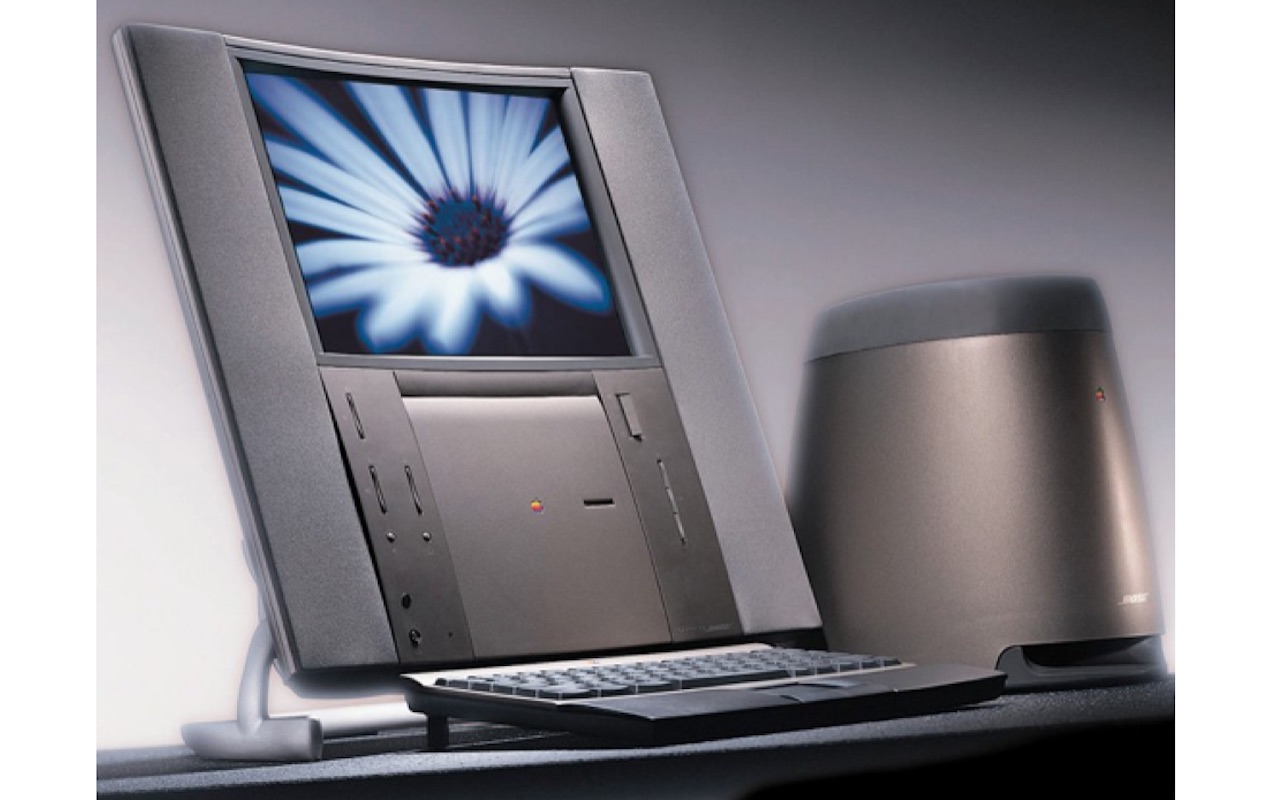
20th Anniversary Mac
Apple recently celebrated the 35th anniversary of the Mac. The occasion was marked by a tweet from CEO Tim Cook, but past that, there was little fanfare out of Cupertino, California.
Perhaps that’s because of bad memories still lingering from when Apple celebrated with the 20th Anniversary Mac.
Of course, the 20th Anniversary Mac was released in 1997, marking the company’s 20th year in business rather than 20 years of the Macintosh. Confused? Maybe you weren’t the only one, and maybe that bit of creative license turned off potential buyers. Though it’s likelier that the $7,499 price tag scared them off. It was the first Mac to feature a flat-screen display and came with a custom Bose sound system. But $7,499 would be a lot of money today, and it certainly was a lot of money back in 1997.
Dismal sales forced Apple to drop the price to $3,500, then again to $1,995. But even fire-sale tactics couldn’t save this disaster. The 20th Anniversary Mac was discontinued within one year.
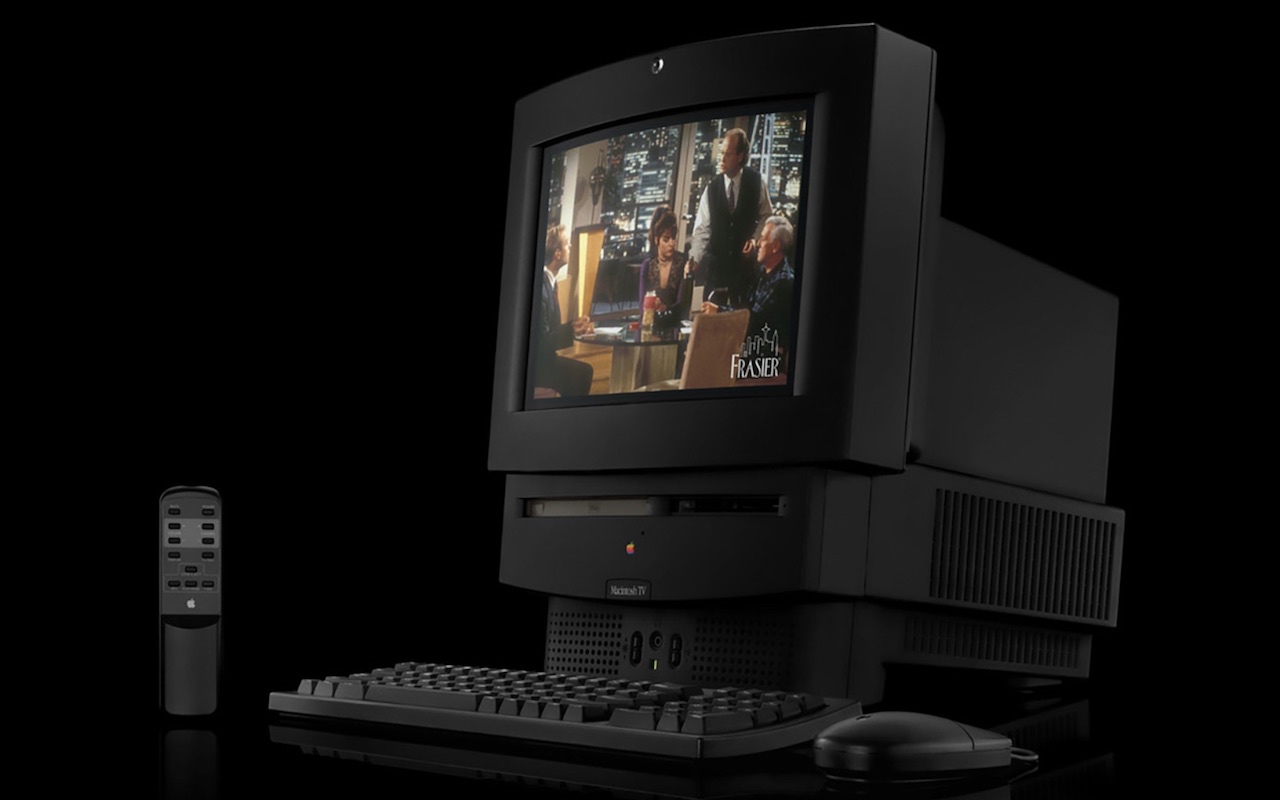
Macintosh TV
The Macintosh TV was Apple’s attempt to capture a whole new market for its all-in-one Mac. The idea was to make the Mac cool – not just a beige box that did computer stuff, but a slick, black, multimedia machine.
So the company took its existing (beige and boring) LC 520, painted it black, popped in a more powerful CPU, crammed in a TV tuner card and included a remote in the box. Unfortunately, someone in engineering messed up the details. Even though the Macintosh TV had a more powerful CPU than the LC 520, it was hobbled by a slower system bus and capped at just 8MB of RAM — when other Macs could support 32MB.
On the TV side of things, it couldn’t do picture-in-picture, and it also didn’t have a standard video output port. With a hefty $2,099 starting price, almost everyone decided they would rather have a TV (and maybe a beige Mac) rather than this hybrid. Apple yanked it from store shelves after just five months.
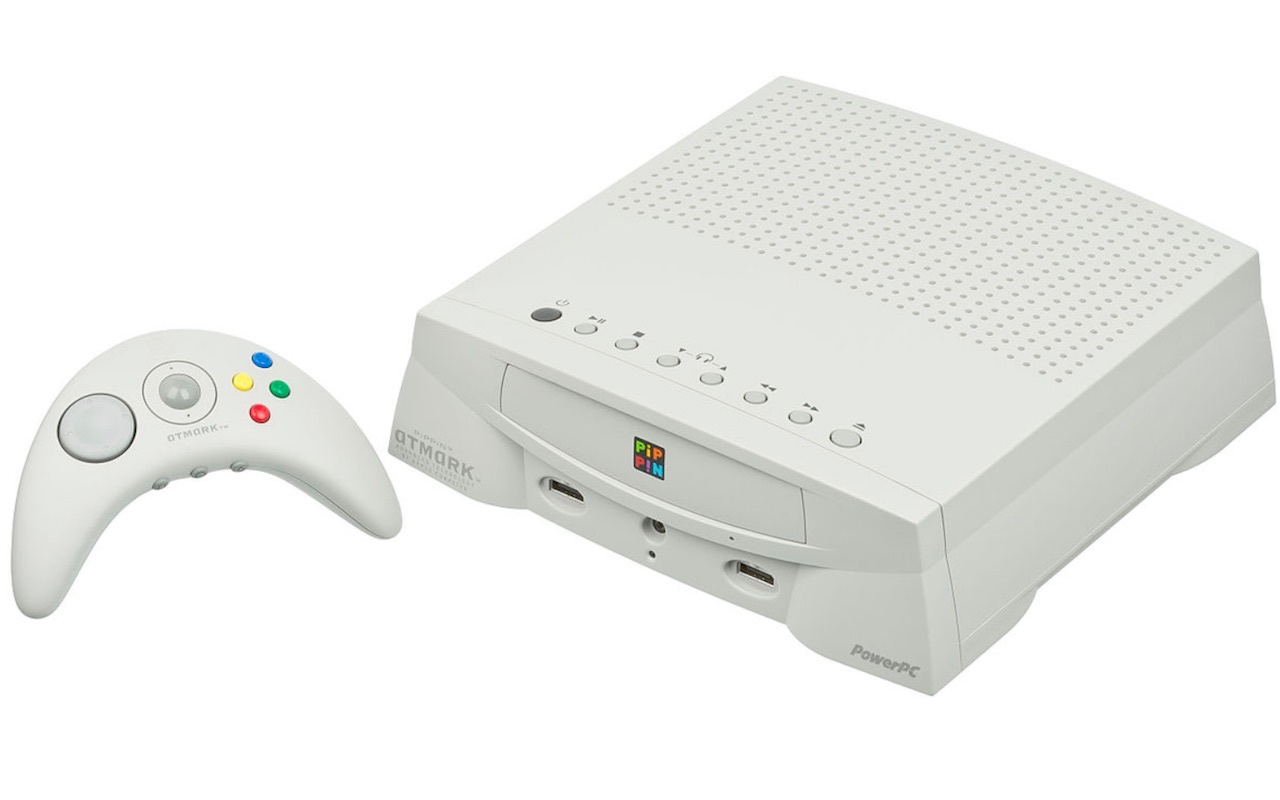
Pippin
In the mid-1990s, someone at Apple got the idea that its Macintosh hardware could be used to create a platform for video gaming. That would let it expand beyond computers into the living room, and grab some of the cash Sony (SNE) was minting with its PlayStation console.
Japan’s Bandai partnered with Apple. They announced the Pippin game console in late 1994 but didn’t actually release it in Japan until 1996. Apple provided the hardware – Macintosh Classic II components running Mac’s System 7 operating system – while Bandai designed the case and looked after marketing. When the Pippin launched in the U.S. for $599 in 1997, Bandai was virtually the only company making games for it, which was a bad sign.
Sales were terrible. Pippin sold just 12,000 units in the U.S. and 42,000 altogether, compared to the $300 PlayStation’s 102 million lifetime sales. Attempts were made to license the Pippin as a set-top entertainment box for hotels, but Apple pulled the plug on its video-game aspirations by the end of 1997.

Ping
Do you remember Ping – the ultra-cool social media network that offered the best of Facebook (FB) and Twitter (TWTR), but in a music setting?
The possible successor to MySpace?
You know, Ping — the iTunes social media network endorsed by Coldplay and Lady Gaga when Apple announced it to great fanfare in 2010?
Yeah, not many people do.
For those who actually remember Ping, it’s probably for issues such as being flooded by spam and musicians complaining that scammers were duping fans by creating fake accounts in their names.
Ping lasted exactly two years, shuttering in 2012.
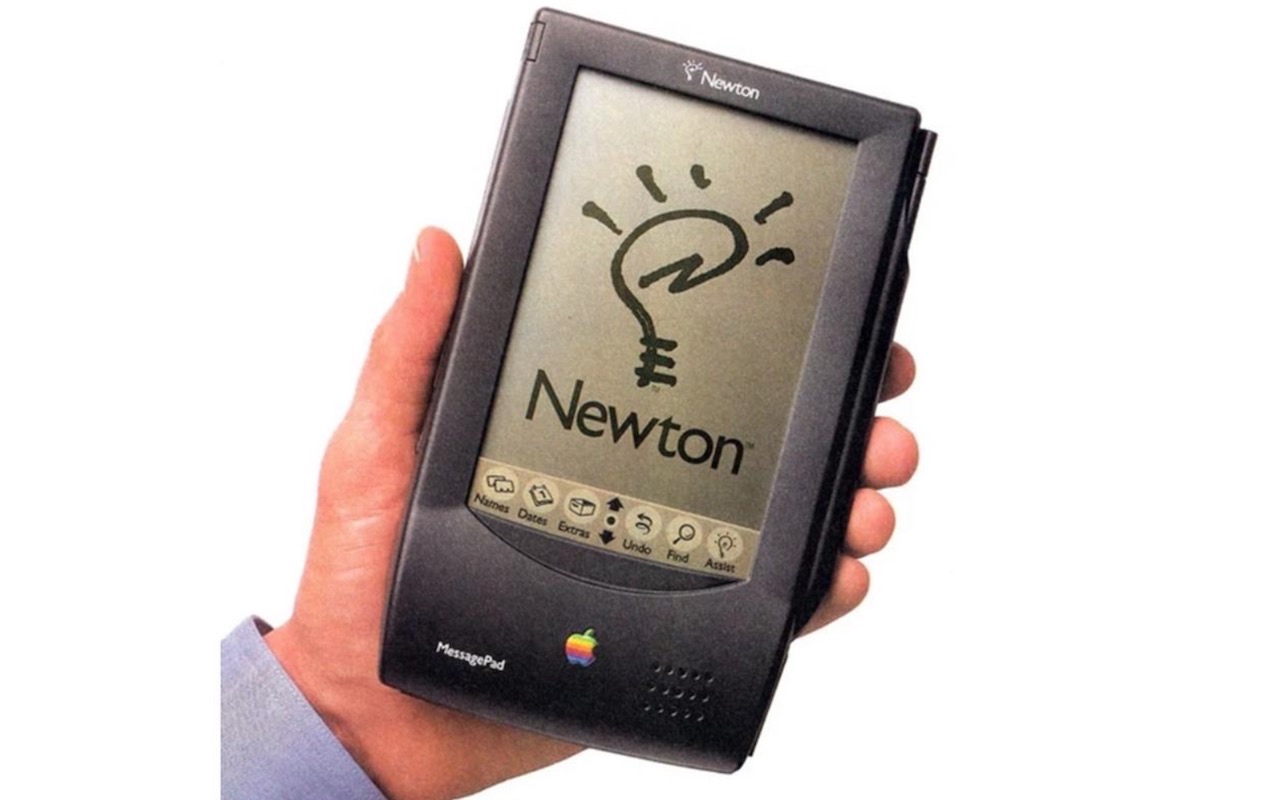
Newton
Two of Apple’s most important devices — the iPhone and iPad — owe a lot to the company’s first handheld product: the Newton.
Apple’s personal digital assistant (PDA) made its debut in 1993 with a $699 starting price. Apple hoped to quickly recoup the $100 million it had invested in development, but fell far short of the 1 million units it thought it would sell in the first year. It reportedly notched just 50,000 units in the first three months before sales slowed to a trickle.
The Newton’s attempt at handwriting recognition was imperfect, leading Apple to be the butt of jokes on a level not seen again until Apple Maps. Various versions of Newton devices were released, but they never caught on. It’s estimated that the Newton sold fewer than 300,000 units across nearly five years on the market.
Steve Jobs made killing the Newton one of his top priorities on returning to Apple. It was discontinued in 1998.
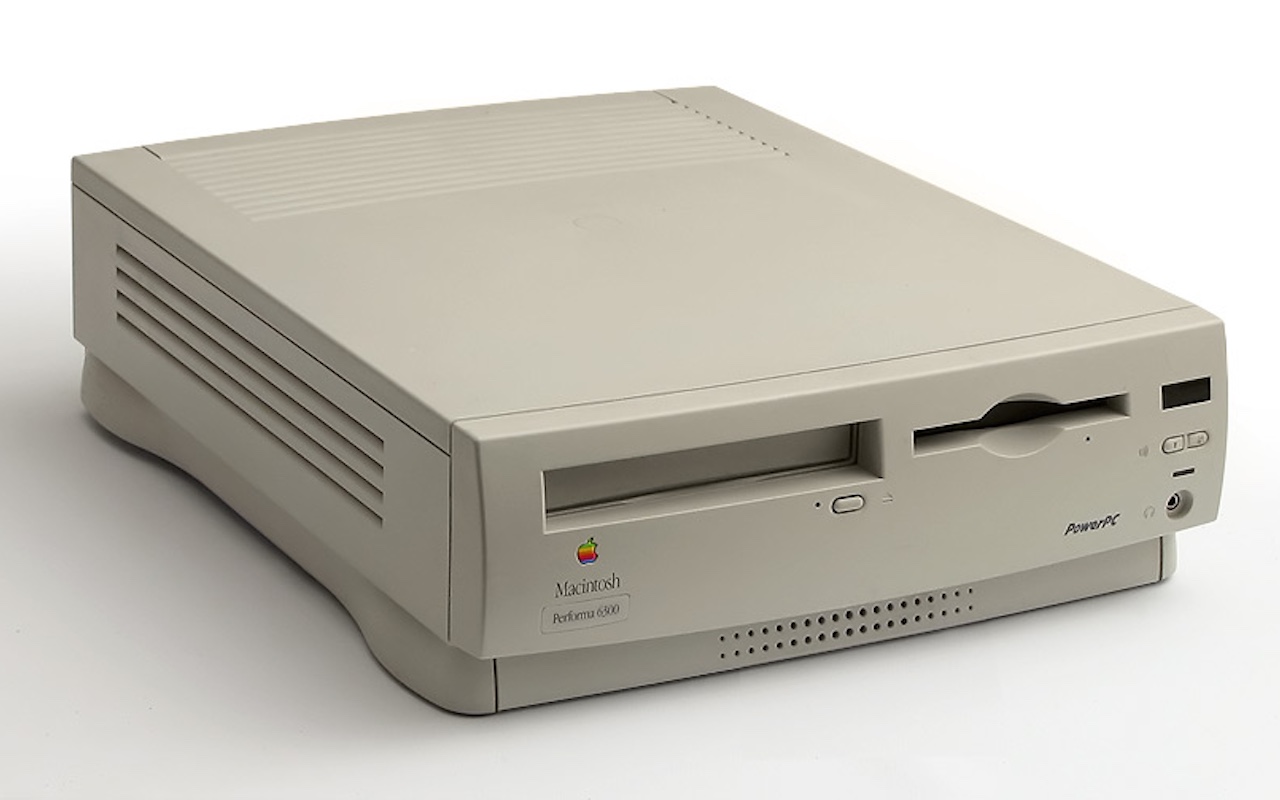
Performa x200 Series
The Performa x200 Series of Macs was described in such glowing terms as “Macs to be avoided at all costs” and one of Apple’s “most compromised hardware designs of all time.” This was a massive flop that infuriated many buyers and damaged Apple’s reputation.
Launched in 1995, the computers were the victim of Apple cutting costs to sell a cheaper computer, without regard for how the moves would impact performance. The company essentially cobbled these machines together with mismatched parts and ended up with Macs that were incredibly slow. The poor performance extended to peripherals and modems that were slowed by more money-saving choices that affected port speeds.
Some consider the Performa x200 series as what started the general perception that Macs were considerably slower than Windows PCs – something that almost certainly cost Apple a lot of sales in the ‘90s.
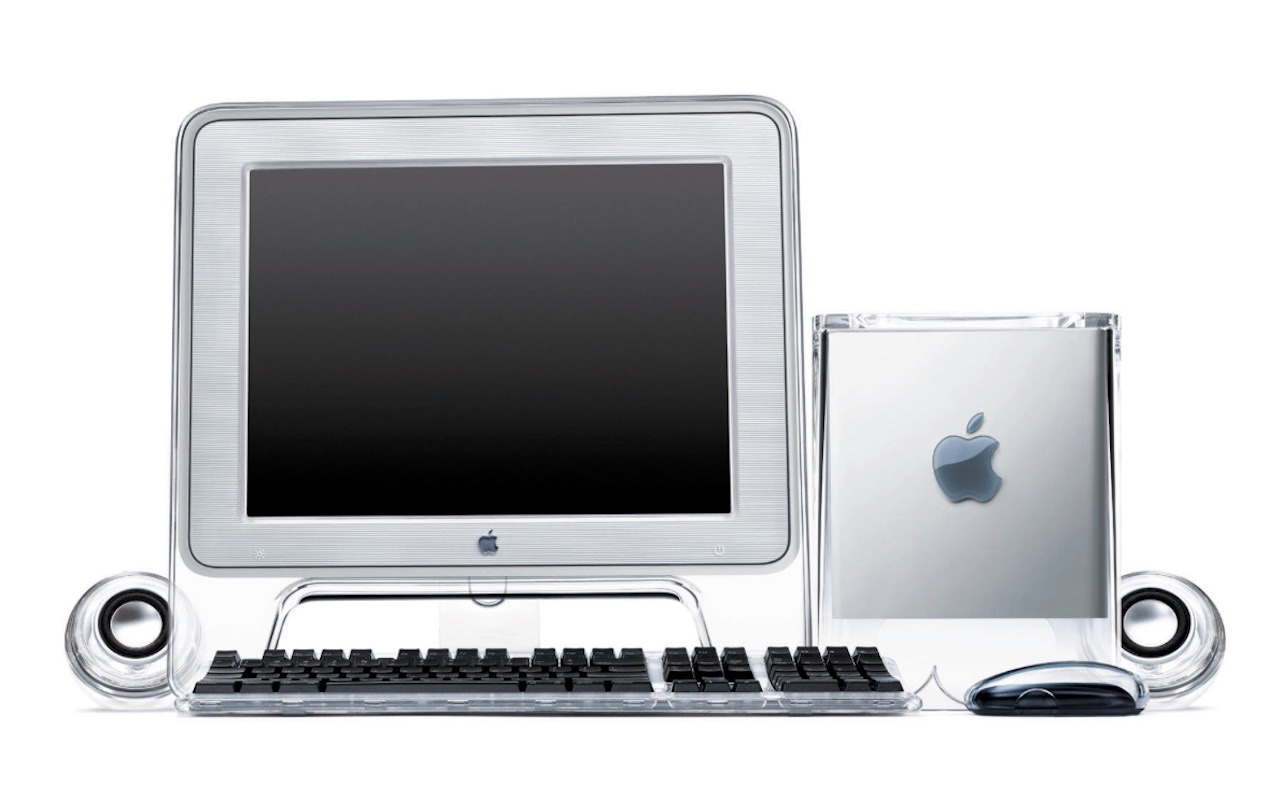
Power Mac G4 Cube
The Power Mac G4 Cube demonstrated what happens when Apple Chief Design Officer Jony Ive designs a computer and the engineers don’t get the say they probably should have. It’s a beautiful PC and considered a milestone piece of industrial art, but as an actual computer, it didn’t fare so well.
The G4 Cube was significantly more expensive than an equivalent Power Mac G4 computer, and its design made upgrades a challenge. Plugging in accessories with their cables ruined the look. Adding insult to injury, the clear acrylic case often had visible manufacturing defects that looked like cracks.
It was released in 2000 and discontinued within a year. Tim Cook described it as “flopping from the very first day” and a “spectacular failure commercially.”
Despite the fate of the G4 Cube, Apple apparently didn’t learn from its mistake, choosing to go down a similar path with the black cylindrical Mac Pro design in 2013.
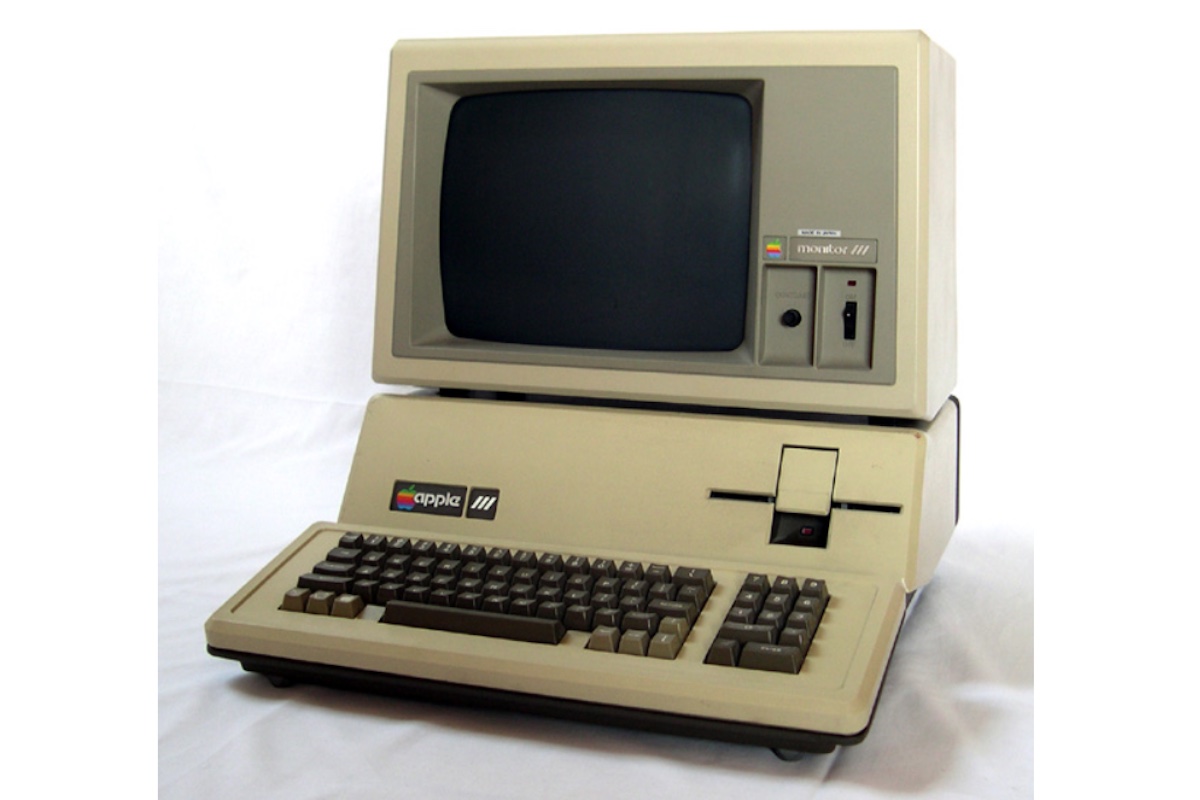
Apple III
The Apple III, released in 1980, is regarded as Apple’s first commercial failure and a product that nearly wrecked the company.
Released after the success of the Apple II, Apple III development took longer than expected and missed its target launch date. It was priced from $4,340 to $7,800, and at that cost – based on the success of previous Apple computers – buyers were expecting a great experience.
Instead, they got a computer with a buggy operating system and big hardware flaws. Chips would become unseated, and Apple support was reduced to telling customers to lift their malfunctioning Apple III up and drop it on the desk to get the chips back in place. Apple reportedly had to replace 14,000 failed Apple IIIs — which is really bad when you consider the company had only sold 65,000 units before it was finally discontinued in 1984. Worse still? Some of those replacements failed, too.
Steve Jobs told Playboy in 1985 that Apple lost “infinite, incalculable amounts of money” on this flop.
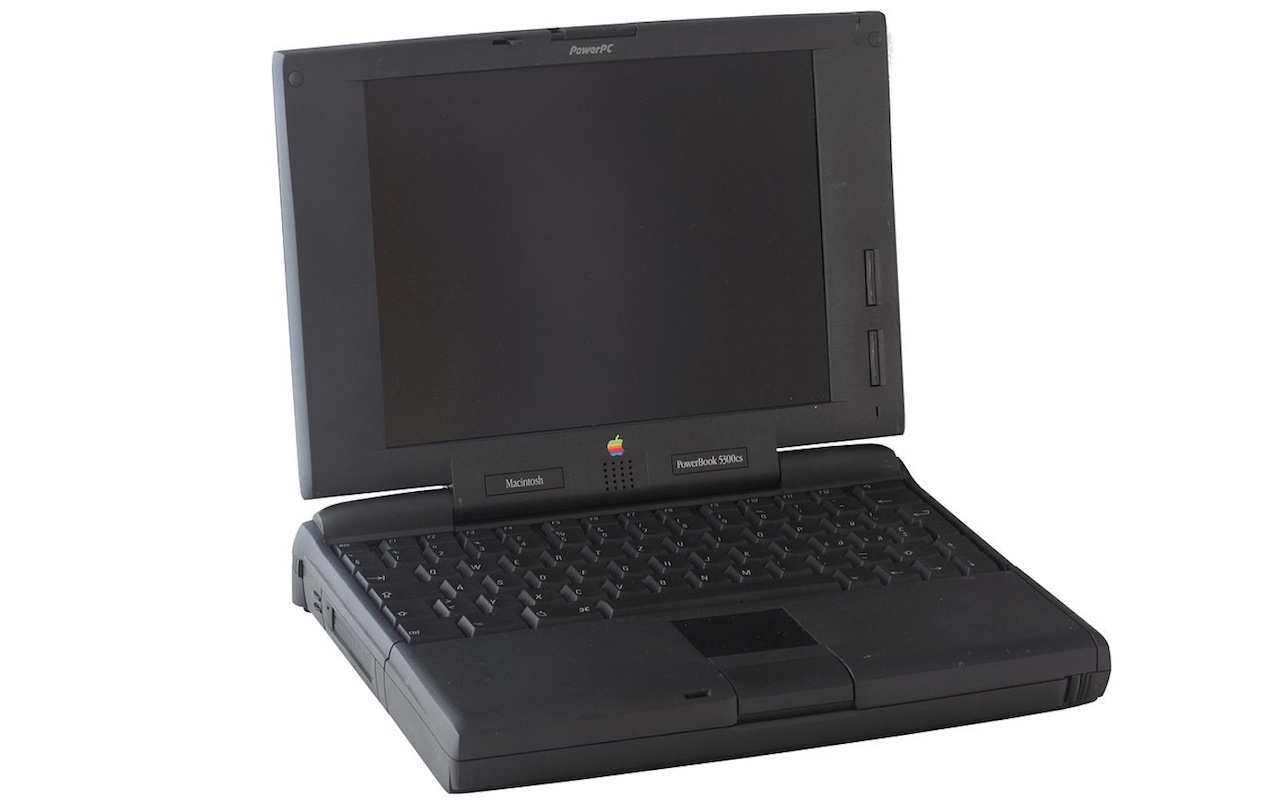
PowerBook 5300
Apple was riding a wave of PowerBook laptop popularity in the early 1990s. In 1995, it released the PowerBook 5300, a new model intended to build Apple’s dominance in the growing laptop market.
The 5300 was the first Apple portable to use the new PowerPC processor, the first to offer hot-swappable expansion modules, and it could even be upgraded with a video card to drive an external monitor. Apple also went to great lengths to make it as physically compact as possible. Unfortunately, a series of design flaws turned it into a flop rather than the success Apple had been hoping for.
The plastic cases were prone to cracking, especially around the hinges. The broken plastic would then fray cables, causing the display to malfunction. Worse, the batteries had a habit of catching fire. Eventually those battery fires resulted in recalls and a nickname for the PowerBook 5300: the “HindenBook.”
The PowerBook 5300 lasted less than a year before being discontinued.
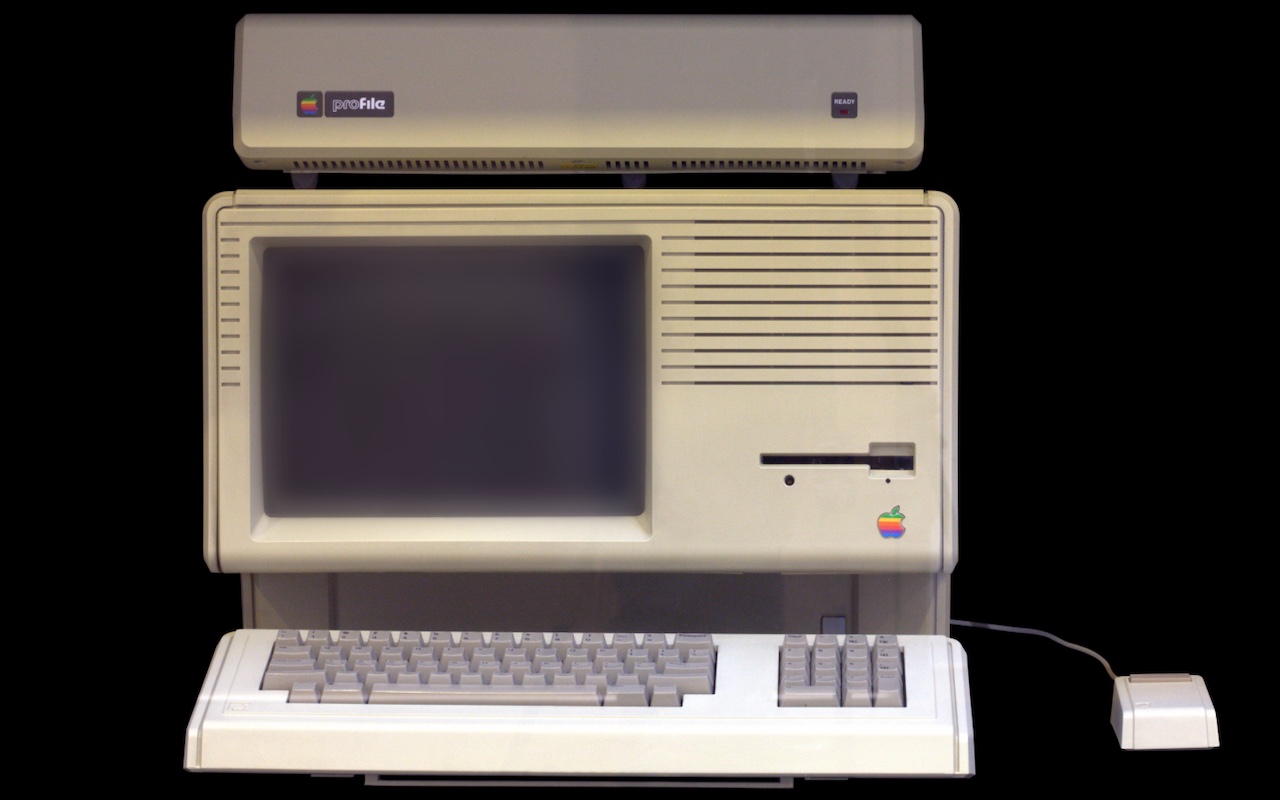
Lisa
Apple’s Lisa PC was released in 1983, and it was an incredibly advanced computer for that time. Lisa’s operating system was stored on a hard disk for faster performance, it was capable of multitasking, it featured a graphical user interface with a mouse for input, and it featured a high-resolution display.
That all sounds great. So why was the Lisa a flop?
One big reason: the price. When Apple released the Lisa in 1983, it started at a staggering $9,995. Accounting for inflation, that works out to more than $25,000 in today’s dollars!
Would you pay $25,000 for a personal computer?
Consumers weren’t so keen on the idea back then, either. In fact, it’s surprising that Apple even managed to sell about 100,000 units. The remaining 22 truck loads’ worth of Lisa PCs were written off as unsold inventory and buried in a Utah landfill.
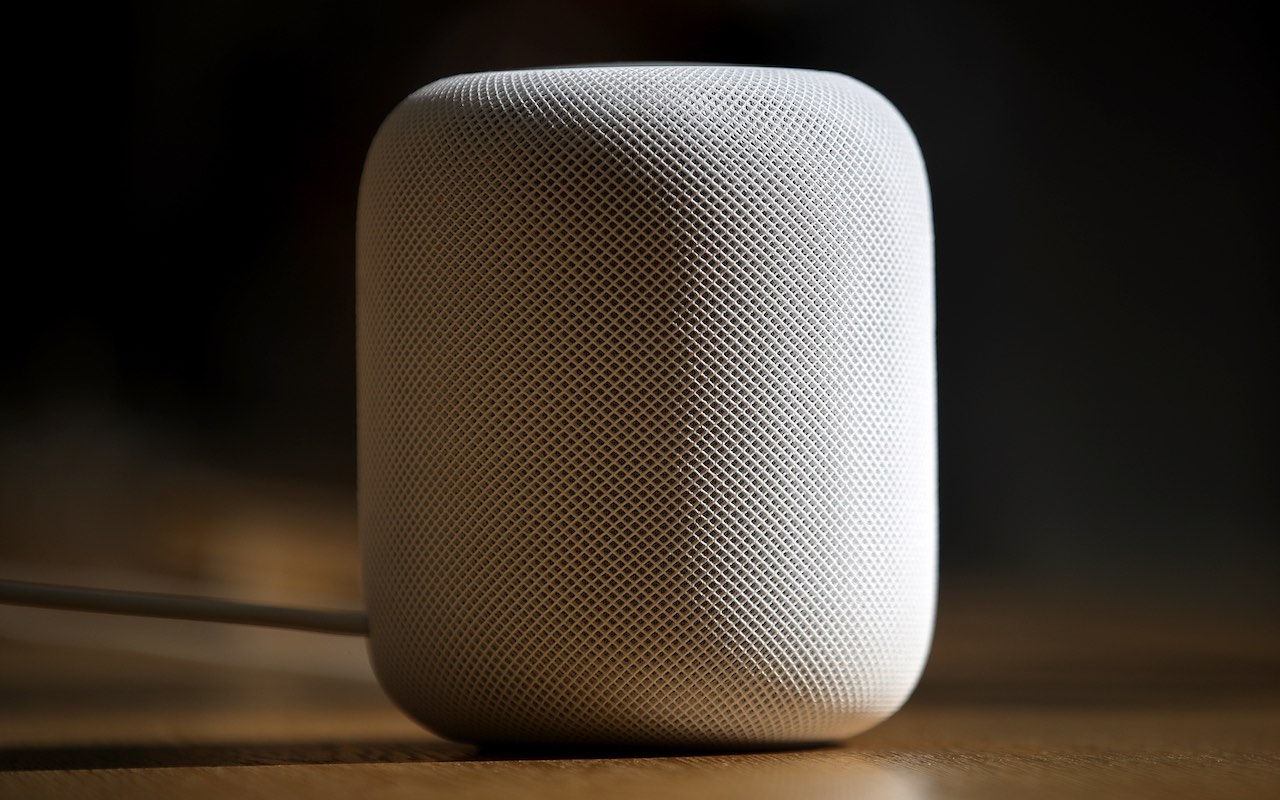
HomePod
Does the HomePod deserve to be on a list of Apple’s flops?
Well, it sure doesn’t have a spot on the company’s list of hits so far.
Apple has a reputation for watching promising products struggle in the marketplace, studying what works and what doesn’t, then wading in with a version of its own that kills it. It used this tactic to great effect with the iPhone and the iPad.
Tech observers expected that Apple was playing the same game with the HomePod – that it was watching Amazon.com (AMZN) and Alphabet’s (GOOGL) Google duke it out with their Echo and Home smart speakers before swooping in with its own version that would become the gold standard.
It hasn’t worked out that way.
First, Apple bobbled the HomePod kickoff and missed the entire 2017 holiday season before launching in the doldrums of February 2018. Its $349 price was a nonstarter for most consumers, who were accustomed to Amazon and Google practically giving away entry-level smart speakers. Siri wasn’t able to keep up with Alexa or Google Assistant, and Apple didn’t support third-party music services. There was even a kerfuffle when the HomePod left rings on wooden tables.
Apple doesn’t release sales numbers, but as of summer 2018, the HomePod was estimated to have eked out a 6% share of the U.S. smart speaker market.

iPod Hi-Fi
Finally, the HomePod wasn’t the first time Apple ran into a brick wall when trying to invade the home with a new stereo system.
In 2006, iPods ruled the portable music market, and an entire accessory ecosystem had grown up around them. In particular, audio companies were making bank by selling portable speaker systems with iPod docks.
Apple saw the success of this new product class and decided the small payment it earned for certifying speakers as being “Made for iPod” wasn’t enough. So in 2006, the company released the iPod Hi-Fi – an impressive sound system with an integrated iPod dock. Unfortunately, iPod Hi-Fi sales were kneecapped by a now-familiar Apple misstep. At $349, the iPod Hi-Fi was much more expensive than most of the competition. In fact, it was also more expensive than Apple’s flagship iPod with Video, which started at $299.
Predictably, the iPod Hi-Fi was discontinued in 2007.
Get Kiplinger Today newsletter — free
Profit and prosper with the best of Kiplinger's advice on investing, taxes, retirement, personal finance and much more. Delivered daily. Enter your email in the box and click Sign Me Up.
-
 AI Heads to Washington
AI Heads to WashingtonThe Kiplinger Letter There’s big opportunity for AI tools that analyze MRIs and other medical images. But also big challenges that clinicians and companies will have to overcome.
By John Miley
-
 Ask the Editor: Questions on Amended Returns and Property
Ask the Editor: Questions on Amended Returns and PropertyAsk the Editor: Taxes, April 18, 2025 — Joy Taylor, The Kiplinger Tax Letter Editor, answers questions on amended returns, property and deductions.
By Joy Taylor
-
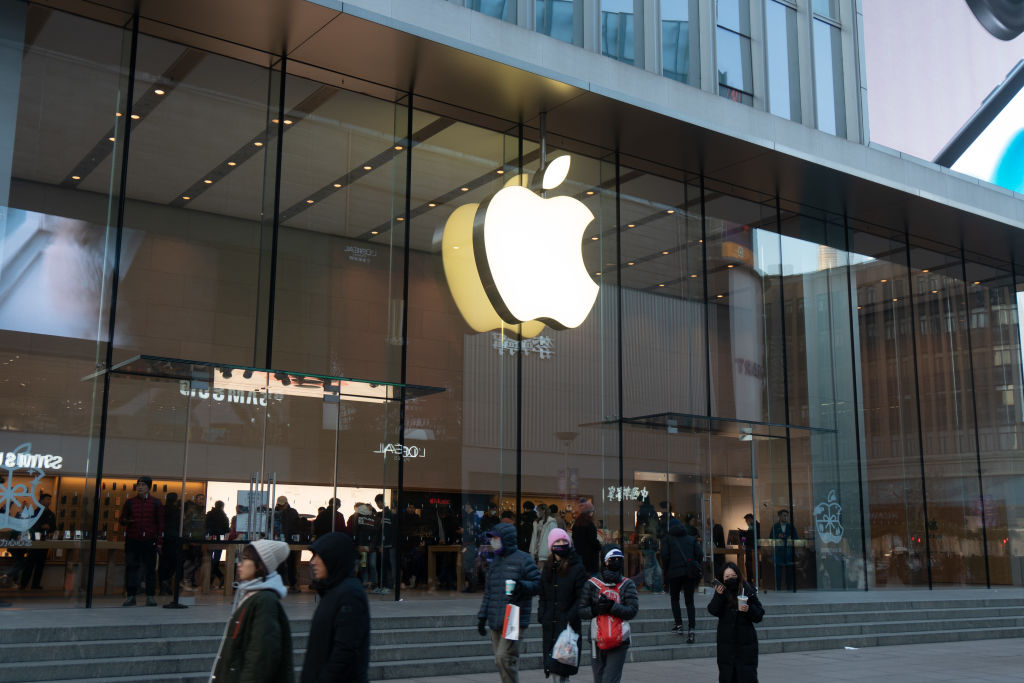 Wall Street Is Worried About Apple Stock. Should You Be Too?
Wall Street Is Worried About Apple Stock. Should You Be Too?Analysts expect Trump's sweeping tariffs to have an outsized impact on Apple stock. How concerned should investors be?
By Karee Venema
-
 The Stock Market Is Selling Off. Here's What Investors Should Do
The Stock Market Is Selling Off. Here's What Investors Should DoInvestors started fleeing the equities market en masse in response to the Trump administration's "jaw-dropping" tariffs. But the experts say don't panic.
By Karee Venema
-
 Should You Sell Tesla Stock as Elon Unrest Grows?
Should You Sell Tesla Stock as Elon Unrest Grows?Tesla's CEO is wearing many hats and is managing them "with great difficulty."
By David Dittman
-
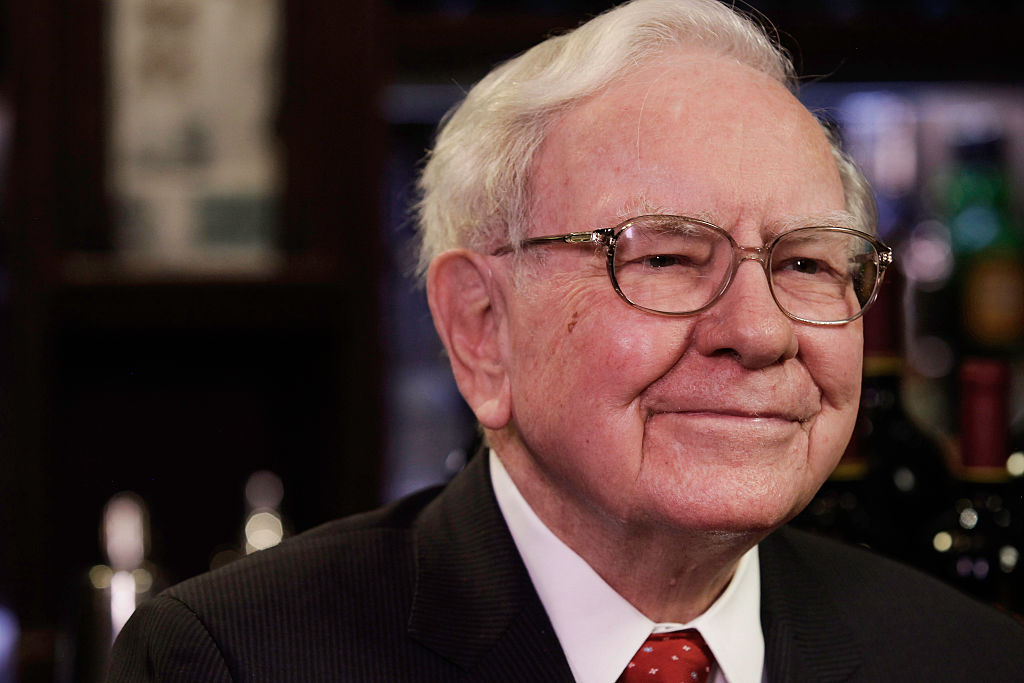 5 of Warren Buffett's Best Investments
5 of Warren Buffett's Best InvestmentsWarren Buffett has had plenty of wins throughout his decades of investing. Here, we highlight five of Buffett's best investments.
By Kyle Woodley
-
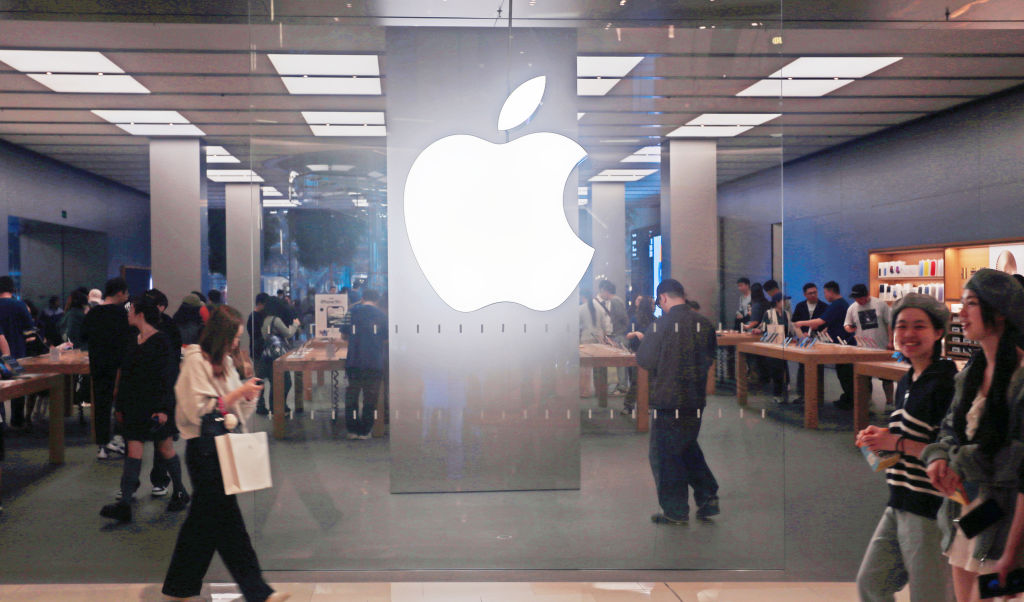 Apple's 100,000% Return Is a Result of Innovation, Brand Loyalty and Buybacks
Apple's 100,000% Return Is a Result of Innovation, Brand Loyalty and BuybacksApple spends billions buying back its own shares, but this is just one catalyst behind the incredible growth in its share price.
By Louis Navellier
-
 Stock Market Today: Stocks Struggle After Trump's EU Tariff Threats
Stock Market Today: Stocks Struggle After Trump's EU Tariff ThreatsStocks pared early gains after Trump threatened the European Union with 25% tariffs.
By Karee Venema
-
 Stock Market Today: Dow Gains After Nike Gets Upgraded
Stock Market Today: Dow Gains After Nike Gets UpgradedJefferies thinks Nike's new CEO will spark a turnaround in the beaten-down blue chip.
By Karee Venema
-
 Best Investments to Sidestep Trump's Trade War
Best Investments to Sidestep Trump's Trade WarThese ETFs are well-designed to weather rising U.S. protectionism and retaliatory tariffs.
By Jeff Reeves
